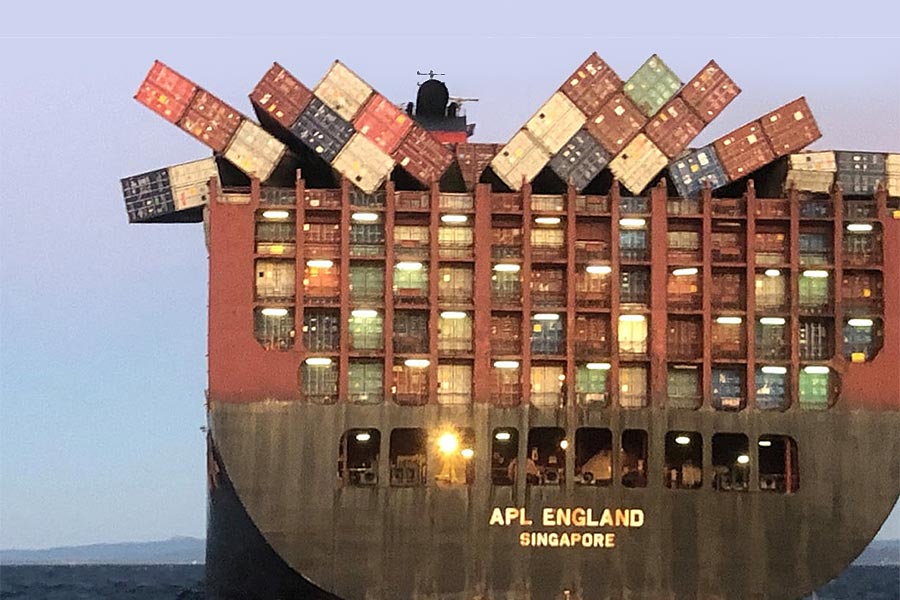The imbalances, disruptions and volatility in the post-COVID-19 crisis supply chain are unprecedented.
Photograph: Australian Maritime Safety Authority – AMSA/ Facebook
Reverse logistics is managing the final stages of your product’s life cycle. Do it well and you can extend that cycle while extracting any remaining residual value in a timely fashion.
Product returns are a function of sales and are directly correlated to profitability. Companies that understand this have processes in place to streamline the returns process to save money and minimize the impact on profitability.
Seasoned supply chain professionals realize that, under normal conditions, this is sometimes easier said than done. An under-performing, inefficient reverse supply chain can easily erode your bottom line by up to 3%. When we isolate certain product types, categories, retailers, etc., losses are often higher.
As we all know, these are far from normal times as the impact of the COVID-19 crisis on the consumer products supply chain will be far-reaching and long-lasting. One of the biggest disruptions to the consumer products market is an imbalance in sales.
As consumers first reacted to the crisis, certain products began flying off shelves while others remained. As a result, some categories are seeing explosive growth (i.e., cleaning and OTCs) while others languish (i.e., seasonal and cosmetics). This volatility is resulting in inventory gaps and surpluses existing side by side in many supply chain networks. Where and how product is being purchased is also under extreme pressure. Concerned consumers are not venturing out into public spaces and are turning more to e-commerce platforms to place orders. Return rates for e-commerce sales are historically 3-10 times higher than when purchased in stores. At the same time, many retailers are not accepting in-store product returns until a later date when stay-at-home orders will be relaxed.
All of these imbalances are going to need to work their way through the reverse supply chain network at some point in the near future.
The risks associated with these imbalances include:
- A spike in returns as a result of the disruptions in the returns process and broader reverse supply chain
- Having the timing of this spike coincide with a pullback in sales as we see the unwinding of all the panic buying and pantry loading that occurred in March and April
- A lengthening or even a breaking of the sales ⇒ claim / deduction ⇒ return ⇒ recoup cycle
- An increase in obsolescent inventory due to aging, missed seasonal windows, shifts in capacity, bull-whip effect
- An increase in unproductive working capital
Therefore, our advice is that, as you are dealing with and adapting to these disruptions to your forward supply chain, you should not overlook reverse logistics as you are designing and implementing your recovery plans.
There might never be a better time to reinvent your reverse supply chain. Forward-thinking, agile companies will be rewarded in the future with the plans and decisions that are enacted today to better position their supply chain to adequately respond to these risks.

